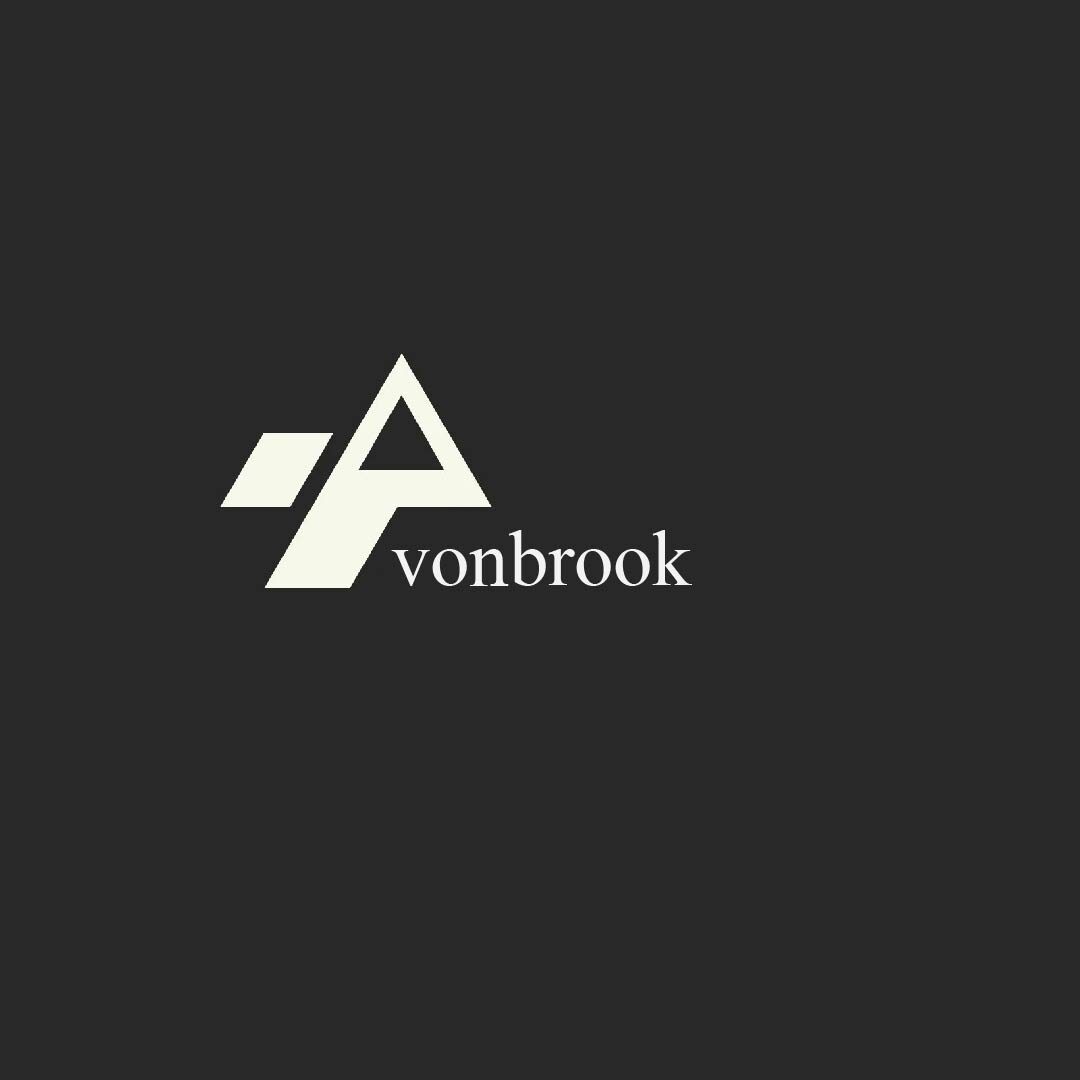Style Evolution: Fashion’s Journey Through Time
Fashion is a fascinating expression of human culture, identity, and creativity that constantly evolves yet remains deeply rooted in history. It reflects the ever-changing attitudes, values, and innovations of society while offering a personal way for individuals to communicate without words. From the grandeur of historical garments to today’s cutting-edge designs, fashion embodies both continuity and transformation, capturing the spirit of each era in fabric, form, and detail.
The origins of fashion trace back to basic needs for protection and modesty, but as civilizations advanced, clothing became a marker of social status, profession, and cultural identity. Royalty and aristocrats used intricate garments to display power and wealth, while common folk dressed for practicality. Over time, these distinctions blurred as new ideas about self-expression emerged, influenced by economic shifts, political revolutions, and technological breakthroughs.
The Renaissance period, for example, brought a resurgence of artistic expression into fashion, with elaborate designs and luxurious materials signaling sophistication and creativity. The Industrial Revolution later revolutionized production, making garments more accessible to the masses and fueling the rise of consumer culture. These developments laid the groundwork for the modern fashion industry—a complex ecosystem involving designers, manufacturers, marketers, and consumers connected across the globe.
Today, fashion is not confined to a single narrative but embraces diversity in every sense. Designers draw inspiration from a rich tapestry of cultural traditions, street styles, and futuristic visions. This blend creates a vibrant dialogue between past and present, local and global influences. Fashion becomes a platform for celebrating heritage while pushing boundaries, fostering innovation that resonates widely.
Technology continues to shape this landscape in unprecedented ways. Digital design tools allow creators to experiment freely, while http://fq6033.com/ advances in textile science introduce sustainable and functional fabrics that redefine comfort and style. The rise of e-commerce and social media platforms has democratized fashion, enabling people from all corners of the world to share their unique aesthetics and influence trends in real time.
Sustainability has emerged as a critical theme within the fashion community. Awareness of environmental impact has led to growing demand for ethical practices and slow fashion, emphasizing durability, quality, and responsible sourcing. Consumers increasingly seek transparency about where and how their clothes are made, pushing brands to adopt greener approaches. This shift represents a rethinking of fashion’s role—not only as a form of beauty but as a contributor to global well-being.
Inclusivity has also transformed the industry, challenging narrow beauty standards that once dominated runways and advertising. Fashion now celebrates a spectrum of body types, ethnicities, ages, and gender identities, reflecting society’s diverse makeup. This progress fosters greater connection and representation, empowering individuals to feel seen and valued through the clothes they wear.
Fashion’s influence extends beyond apparel, intersecting with art, music, and cultural movements. Collaborations between designers and artists create innovative works that inspire and provoke, while celebrities often use fashion as a tool for activism and personal narrative. These intersections highlight fashion’s role as a dynamic cultural force, shaping and reflecting collective imagination.
Everyday fashion balances aesthetics with practicality. Clothing adapts to various climates, social occasions, and lifestyles, serving both as protection and expression. It is a daily ritual that allows people to present themselves to the world in a way that aligns with their identity, mood, and aspirations.
Looking forward, fashion continues to evolve in exciting directions. Emerging technologies such as wearable devices and AI-driven design promise new possibilities, while ongoing social and environmental movements push for more ethical, inclusive, and innovative practices. Fashion remains a living dialogue—one that weaves together history, culture, creativity, and personal identity into an ever-changing story told through style.
